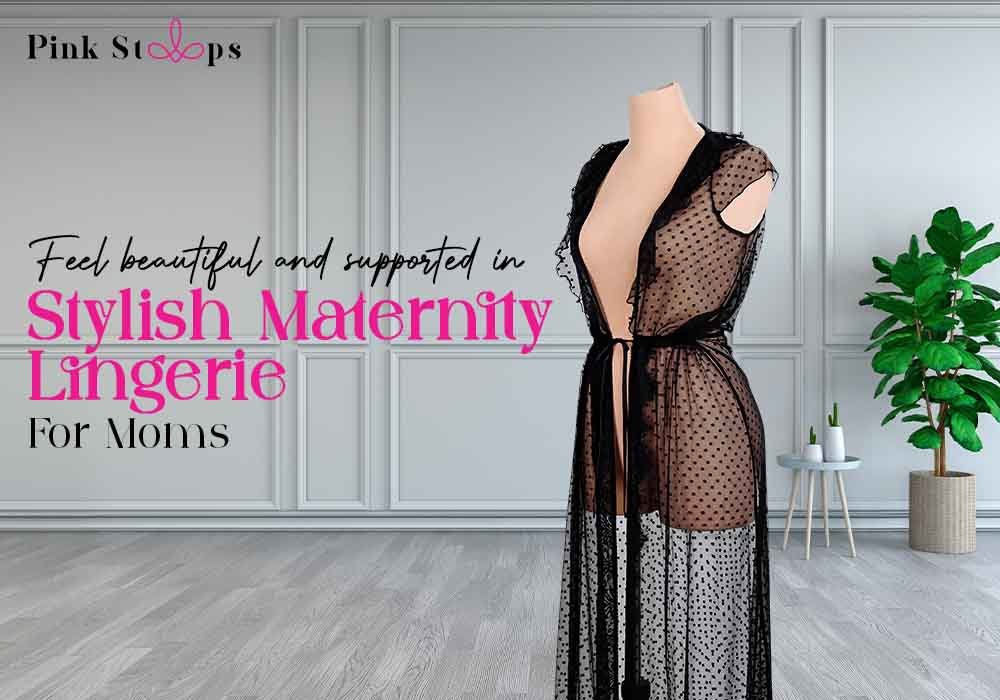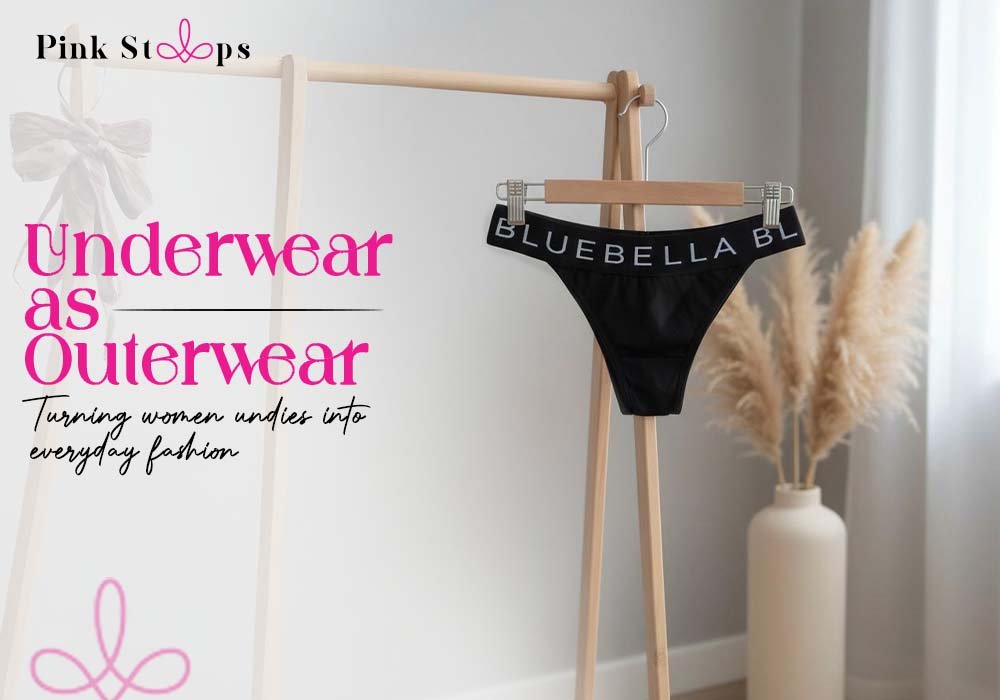Hey there, fashion lover! Imagine you’re slipping into a stunning turquoise halter dress that hugs your curves just right, feels like a dream against your skin, and—here’s the kicker—it’s made from materials that don’t harm the planet. That’s the magic of sustainable and eco luxury fashion. In a world where trends come and go faster than you can say “fast fashion,” why settle for outfits that fade after a few washes when you can invest in pieces that last, look amazing, and make you feel good inside and out?
Table of Contents
What Exactly Is Sustainable Clothing and How Can It Fit Into Your Life?
Let’s chat about sustainable clothing like we’re grabbing coffee. It’s all about outfits crafted with the planet and people in mind—think materials like organic cotton, recycled polyester, or hemp that reduce waste and pollution. Unlike the mass-produced stuff, these pieces come from brands committed to fair wages, low water use, and minimal chemicals.
Why does this matter to you? Well, the fashion industry pumps out over 92 million tons of textile waste yearly, but opting for sustainable options cuts that down. It’s like voting with your wallet for a cleaner world.
Here are some key facts to chew on:
- Organic fabrics can use up to 91% less water than conventional cotton.
- Recycled materials keep plastics out of oceans—brands are aiming for 60% recycled polyester by 2025 in some lines.
- Local production slashes carbon emissions from shipping halfway around the globe.
Imagine building a wardrobe where every item tells a story of positive change.
Start small: swap one fast-fashion tee for a sustainable one, and you’ll notice the difference in feel and fit.
How Do You Spot High Quality Sustainable Clothing That Lasts?
Quality is queen in the sustainable world. High quality sustainable clothing isn’t just about looking good—it’s built to endure seasons, not just trends. Look for durable stitches, natural dyes that don’t fade, and certifications like GOTS (Global Organic Textile Standard) or Fair Trade.
Pro tip: Feel the fabric. If it’s soft yet sturdy, like Tencel or organic linen, it’s likely a winner. Brands are stepping up with timeless designs that mix luxury with every day wear.
Quick Checklist for Spotting the Good Stuff:
- Check labels for eco-materials (e.g., recycled nylon).
- Research brand transparency—do they share supply chain details?
- Longevity test: Does it pill after one wash? Probably not high-quality.
In my experience, investing here means fewer buys overall, saving you money long-term.
Are There Slow Fashion Brands Affordable Enough for Everyday Shoppers?
Absolutely! Slow fashion brands affordable for most budgets are popping up everywhere, proving you don’t need deep pockets for eco-chic. These focus on small batches, ethical production, and prices that won’t break the bank—think $30-$90 for basics.
Take this gem from Copenhagen, Denmark: A brand offering categories like basics, underwear, active wear, and accessories for women and men. Their values? Organic, recycled, local, and give back initiatives. Prices hover between $30-$90, making it accessible yet premium. It’s like getting luxury without the guilt.
Other affordable picks:
- Pact: Organic cotton tees under $20.
- Kotn: Ethical Egyptian cotton basics starting at $25.
- Yes Friends: Fun, fairtrade outfits from $15.
These prove slow fashion can be your go-to without sacrificing style or savings.
Why Should You Ditch Non Fast Fashion Alternatives Altogether?
Non fast fashion is the antidote to impulse buys that clutter landfills. Fast fashion churns out 100 billion garments yearly, but non fast options emphasize quality over quantity. Why switch? It reduces your environmental footprint and supports artisans.
Picture this: Instead of 10 cheap tops, own 3 versatile ones that mix and match. It’s liberating!
Benefits in a Nutshell:
- Less waste: Fast fashion contributes to 20% of global water pollution.
- Better health: No toxic dyes irritating your skin.
- Ethical wins: Fair wages mean happier workers.
What Makes Ethical Apparel Stand Out in a Crowded Market?
Ethical apparel goes beyond fabric—it’s about people. Fairtrade outfit choices ensure workers get living wages and safe conditions. Brands like these audit suppliers and prioritize transparency.
For instance, ethical lines often use blockchain to trace origins, so you know your fairtrade outfit is legit.
Key Insights:
- Over 70 million garment workers worldwide benefit from ethical practices.
- It fosters community: Many donate proceeds to causes like education.
In a sea of options, ethical apparel feels personal, like wearing values on your sleeve.
Can Luxury Brands That Are Cute Really Align with Eco Values?
Oh, yes! Luxury brands that are cute blend high-end aesthetics with sustainability—think playful prints, flirty silhouettes, and eco-materials. Reformation nails this with recycled fabrics in adorable dresses.
Cute doesn’t mean compromise: Brands like Fashion Brand Company offer whimsical, ethical pieces that turn heads.
Why It Works:
- Cute styles in organic silk or recycled wool.
- Timeless yet trendy: A cute luxury blouse lasts years.
It’s proof luxury can be fun, flirty, and planet-friendly.
Is Old Navy Sustainability Making Real Progress or Just Talk?
Old Navy’s sustainability efforts are evolving, but it’s a mixed bag. They’re targeting 85% sustainable fibers by 2025 and 100% water-saving denim by 2022 (already hit!). Plus, ditching plastic bags by 2023 and aiming for 60% recycled polyester.
However, critics say it’s still fast fashion at core—mass production and low prices raise questions. Positive steps include partnerships for tree planting.
If you’re easing in, their “Going Greener” shop is a start.
Which Is the Best Garment Brand for Your Conscious Closet?
Picking the best garment brand depends on your vibe, but top contenders shine. Patagonia leads with recycled gear and activism. For affordability, Everlane’s transparent pricing wins.
Here’s a comparison table:
Brand | Focus Areas | Price Range | Standout Feature |
Patagonia | Outdoor, recycled materials | $50-$200 | Donates 1% to planet |
Reformation | Cute dresses, sustainable fabrics | $100-$300 | Carbon neutral goals |
Pact | Basics, organic cotton | $20-$60 | Fair trade certified |
Outerknown | Premium, ethical labor | $80-$250 | Lifetime guarantee |
How Can You Avoid Falling for Green washing Tricks?
Green washing is when brands fake eco-friendliness—like vague “natural” claims without proof. In fashion, think fast brands touting one recycled line while ignoring the rest.
Tips to Stay Sharp:
- Look for third-party certs (e.g., blue sign®).
- Check lawsuits: More brands face scrutiny in 2025.
- Dig deeper: If it sounds too good, it might be.
Why Wear Sustainable Clothing When Trends Tempt You Otherwise?
Why wear sustainable clothing? It saves animals, cuts water use by 50% in production, and feels better on your skin—no irritants! Plus, it’s unique and spreads awareness.
Deeper Perks:
- Health boost: Organic means fewer allergies.
- Economic win: Lasts longer, cheaper over time.
- Planet love: Reduces 10% of global emissions from fashion.
It’s empowering—wear what aligns with your values.
Where Can You Find Eco-Friendly Suits for Women That Wow?
Hunting eco-friendly suits for women? Reformation offers recycled wool blazers. Eileen Fisher uses organic fabrics for timeless sets. Try Bastet Noir for custom, deadstock suits.
Top Spots:
- Project Cece: Aggregates sustainable options.
- Toad& Co: Hemp and organic blends.
- Christine Alcalay: Linen suits for work.
Curious Minds Ask: Top Queries on Green Fashion
Q1: What's the Real Scoop on Green washing?
Q2: Ever Wonder Why Sustainable Clothing Is Worth the Switch?
Q3: Hunting for Eco-Friendly Suits for Women—Where to Start?
Wrapping It Up
So, we’ve unpacked why sustainable and eco luxury fashion isn’t just a trend—it’s a smarter, kinder way to dress. From that turquoise halter dress to everyday essentials, making conscious choices feels rewarding.
Stay tuned, because this conversation isn’t over! In our next post, we’ll explore how sustainable accessories can elevate your look without costing the earth.
What are you excited to try first? Drop a comment—I’d love to hear!





